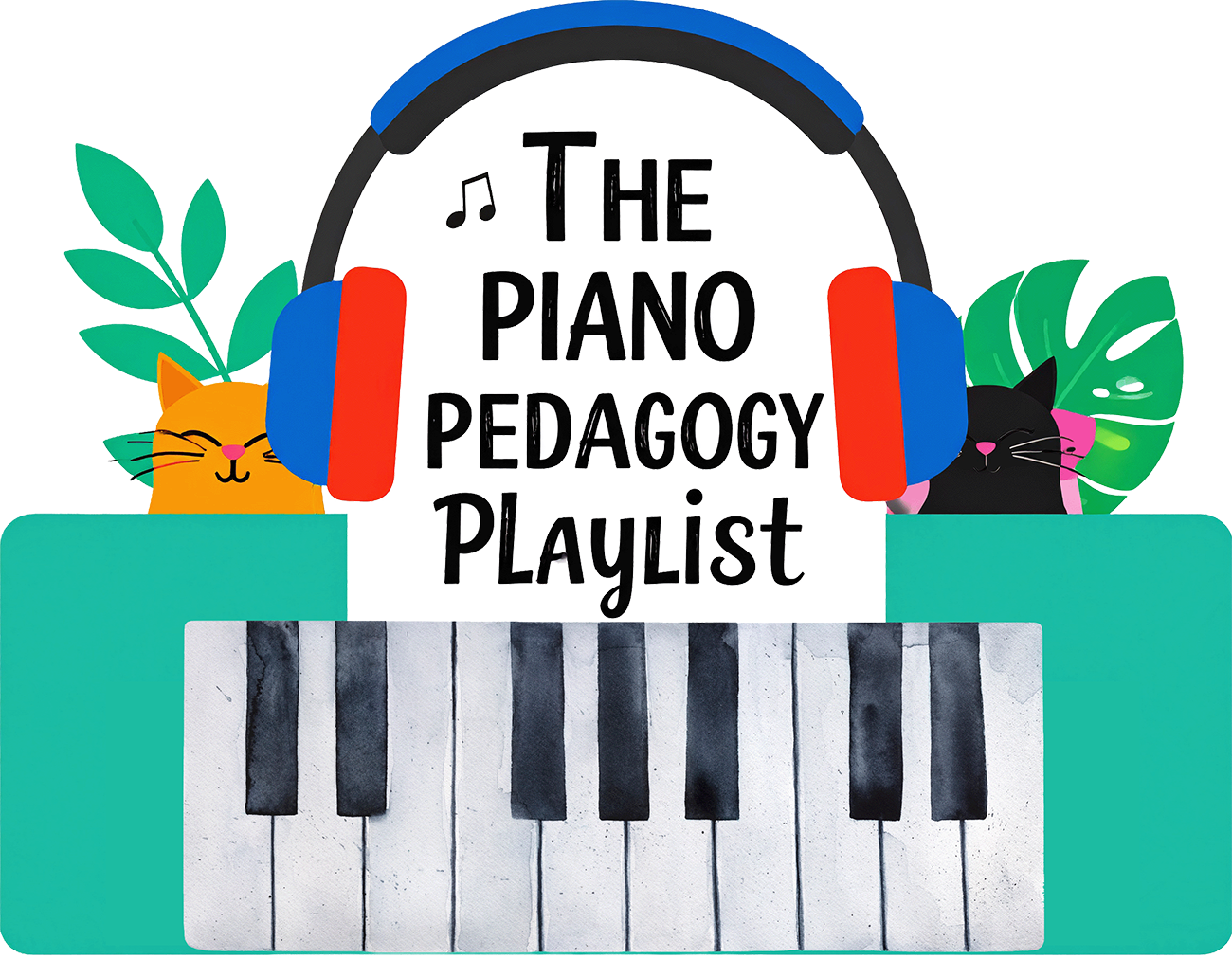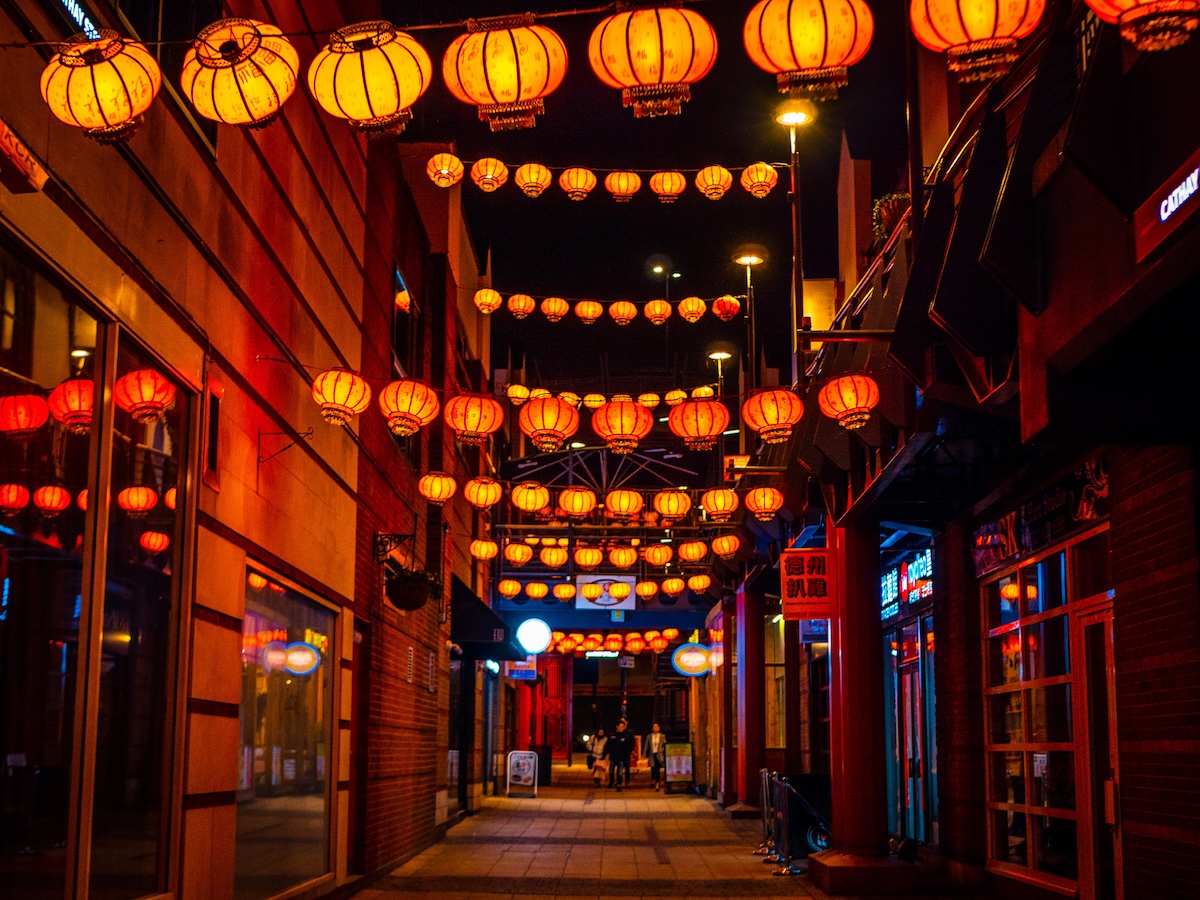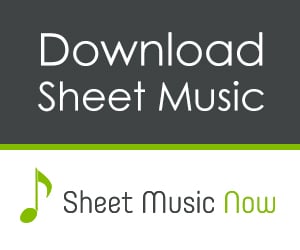
Featuring selections from the collection A Chinese Festival, by An-Lun Huang.
Pastures – Digital Download
An Old Castle – Digital Download
Mountain – Digital Download
Streams of Yang River – Digital Download
This week, we celebrate the Chinese Mid-Autumn Festival by exploring the music of An-Lun Huang and his groundbreaking collection A Chinese Festival. Four evocative pieces weave together East and West, tradition and innovation, all under the soft glow of the harvest moon.
— Transcript —
This week on the podcast, we celebrate the Chinese Mid-Autumn Festival, commonly known as the Moon Festival or Moon Cake Festival after the sweet treats that are enjoyed around this time. The exact date of the festival varies according to the Chinese calendar, but this year it falls on the release date of this episode of the podcast, Monday, October 6th. So today, I’ll be playing four selections from the seminal publication by Chinese-born composer An-Lun Huang, called A Chinese Festival.
Music for intermediate-level piano students with a musical vocabulary that’s both familiar and foreign at the same time. It’s coming up next on the Piano Pedagogy Playlist.
Greetings to you all. I hope your day is going well. My name is Luke Bartolomeo.
I’m a pianist, a teacher, and also a developer of apps for music education, including Flashnote Derby. Each Monday on the podcast, I play for you some of my current favorites from the contemporary repertoire of music written for piano students. The publication of A Chinese Festival marked an important milestone in the piano pedagogy landscape.
It’s credited as being the first volume of pieces published in the United States written by a Chinese composer using Chinese musical idioms and themes for the benefit of piano students. These Chinese elements are incorporated into more Western musical structures, and they utilize familiar elements of classical piano technique. In each piece, you will hear things that are quite familiar, as well as surprising moments of melody, harmony, and rhythm.
I’ll start with the shortest and the simplest of the four pieces that I’m playing today. This one’s called Pastures, and it’s a two-part invention, very much in the style of Johann Sebastian Bach, but of course sounding nothing like Johann Sebastian Bach. The pulse is steady throughout, but the shifting time signature between 4-4 and 3-4 gives us the impression that fermatas have been randomly sprinkled on the page.
As I play, listen for how the right hand introduces its theme with an ascending perfect fourth, and then the left hand enters immediately after with a descending perfect fourth, then they continue on more or less mirroring each other. At the midpoint of the piece, they switch roles, the right hand takes up the left hand’s melody, and vice versa. Here’s Pastures.Pastures is a lovely little invention that has all the benefits of developing independence of the hands, but in the context of a very different sonic environment. Next, we’ll move on to a selection dripping with imagery. It’s titled An Old Castle.
It begins and ends with series of open fifths and fourths that seem to just float in the air, evoking the distant past. The middle section consists of a sprightly pentatonic melody that serves to remind us of the life and vibrancy these castles once housed, but now exist only as ruins.
An Old Castle brings the opportunity to explore wide ranges of color at the piano, without a great deal of technical difficulty. There are three spots towards the end where octaves are written for the right hand, but students could simply drop the bottom note. It would be a shame to keep this piece from a student just because their hand couldn’t yet comfortably reach an octave.We’re halfway through our sampling of An-Lun Huang’s A Chinese Festival, and these final two pieces are each more substantial in length as well as difficulty. I’ll start with a piece titled Simply Mountain. As you might expect, this piece paints an expansive landscape.
After the short introduction, pay close attention to the left hand melody. While the right hand is painting the sky with a flow of triplet eighth notes, the left hand introduces a melody that zigzags with unexpected leaps of sixths and sevenths. These angular intervals represent the jagged peaks of the mountains penetrating the sky.
On the last page, listen for some diminished seventh chords used in very unconventional ways. The harmonies are not so unusual in and of themselves, but it’s how and where they are used that’s quite surprising. This is Mountain.Some interesting dissonance in there as well, weren’t there? That’s certain to raise a few students’ eyebrows, I imagine. That was Mountain from An-Lun Huang’s collection, a Chinese festival.
For our final piece today, we turn to something a little more technically challenging, requiring agility and good attention to consistent fingering. It’s called Streams of Yang River. Like most pieces in this volume, it is composed in what could be considered Sibei folk style.
Sibei is a region of China north of the Great Wall, and it’s an area where An-Lun Huang was sent in the early 1970s during the Cultural Revolution. The simplicity and genuine nature of the folk music from Sibei had a great influence on Mr. Huang, and he carried that influence with him after emigrating to the west. You’ll hear a happy Chinese folk melody fused with familiar accompaniment figures, concluding with a virtuosic section reminiscent of an etude.
It’s a good summation of the east meets west nature of the pieces in this volume as a whole. Here is Streams of Yang River.There are 14 pieces in total comprising the collection A Chinese Festival, ranging from early intermediate to early advanced level. At the time of this recording, the price for the entire volume is under $10 US. And I was especially excited to learn that individual selections are now available for purchase via digital download.
It can be difficult to find recordings of some of the pieces, so I hope to make more of my own recordings of them available in the future. I highly recommend this book for students who have an interest in Chinese culture, or really any student for that matter, who might be in a rut playing things just from the standard repertoire. You will find links to purchasing A Chinese Festival in the episode description, or by visiting pianopedagogyplaylist.com.
And just like that, it’s time for us to close the lid on today’s episode of the Piano Pedagogy Playlist. I’m not sure if the pieces I played today are directly connected in any way to the Moon Festival, but I’m grateful for the opportunity to introduce you to this interesting and important work. I hope the moon smiles on you this week, and I’ll look forward to seeing you again next Monday, when we’ll see what else I’m loving in the world of The Piano Teacher’s Repertoire.Until then, keep nurturing the music, and have a great week!




Leave a Reply